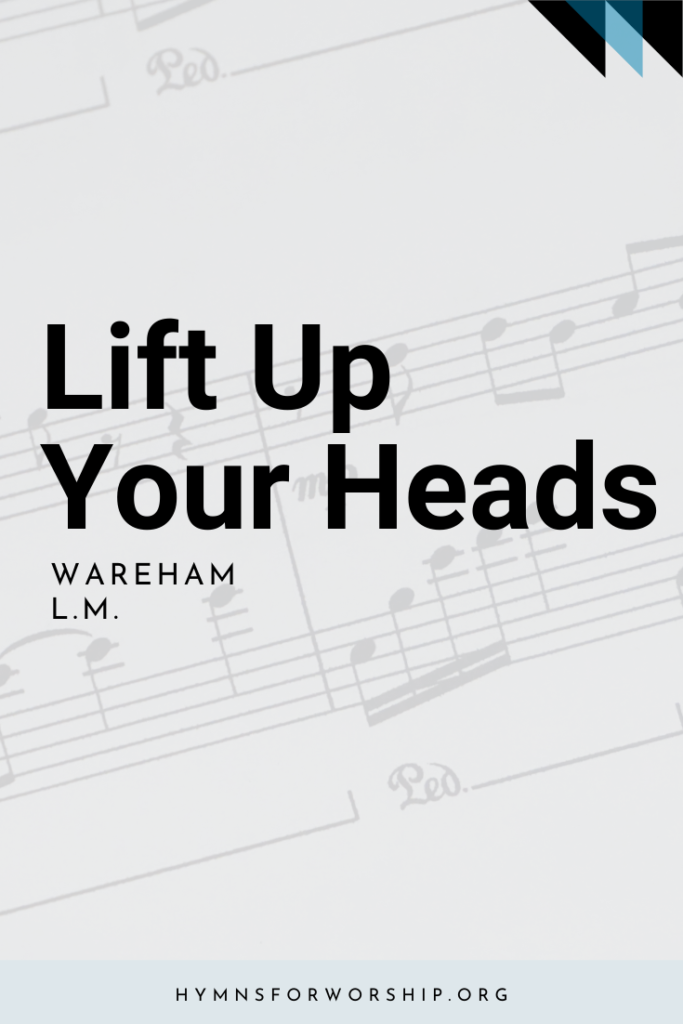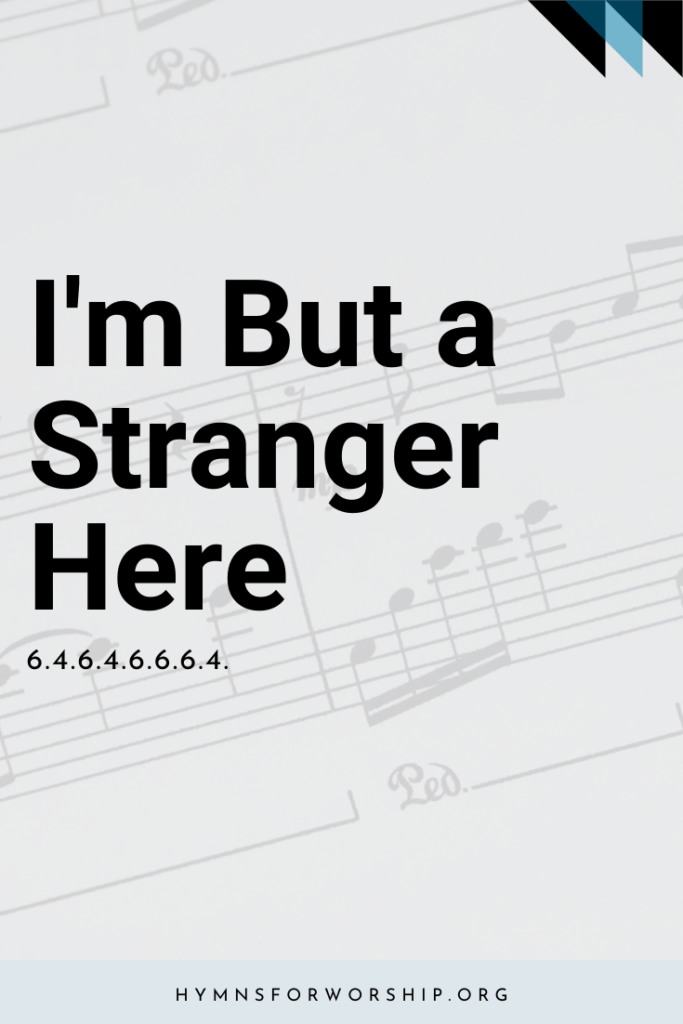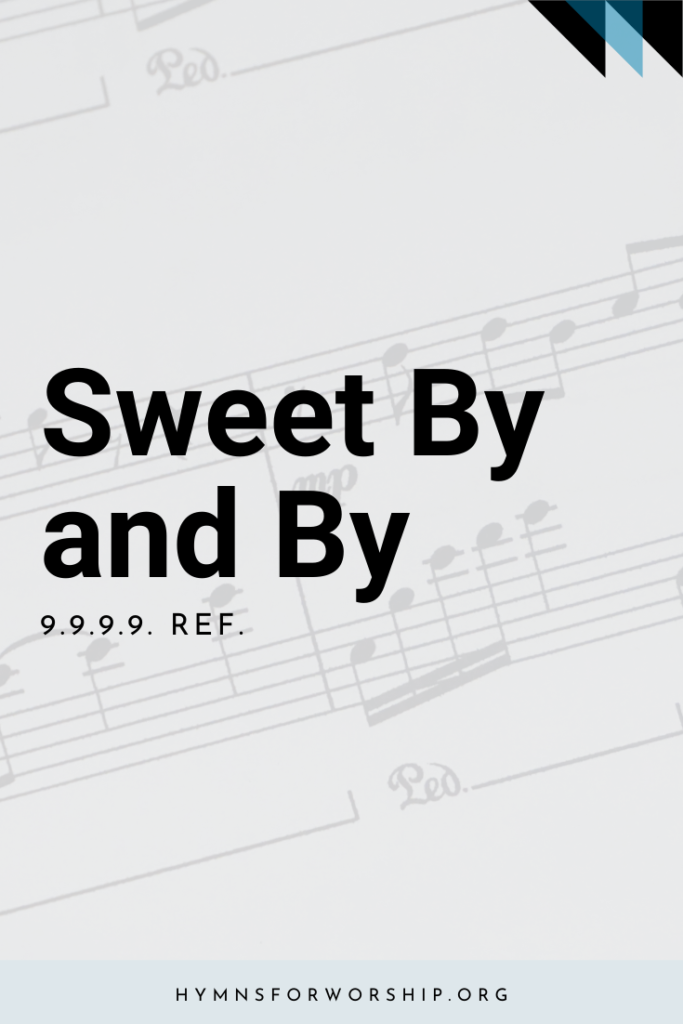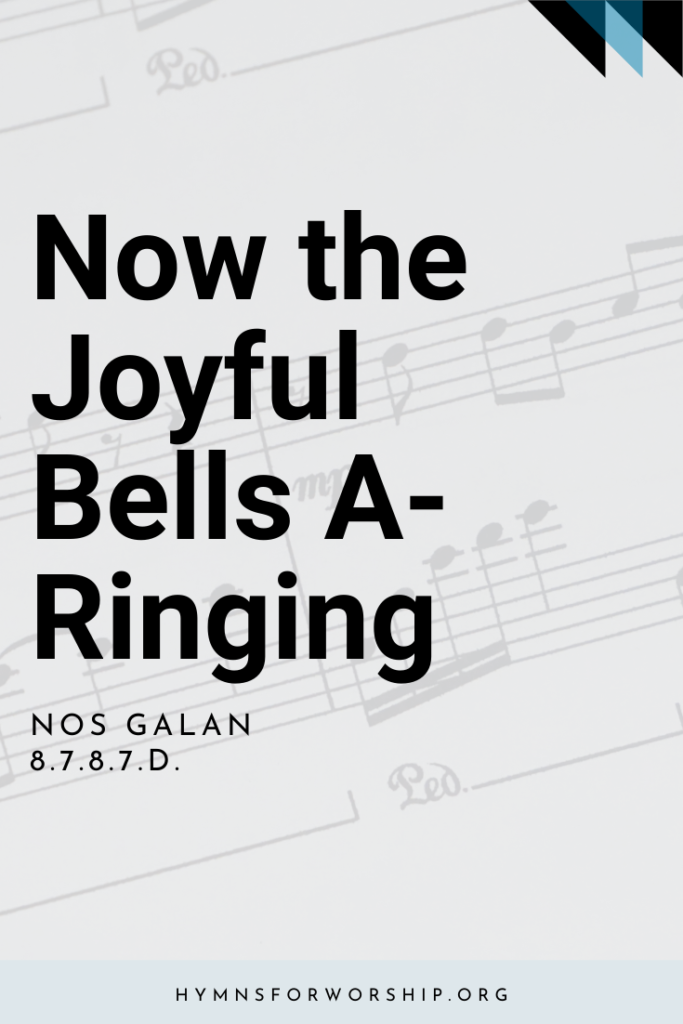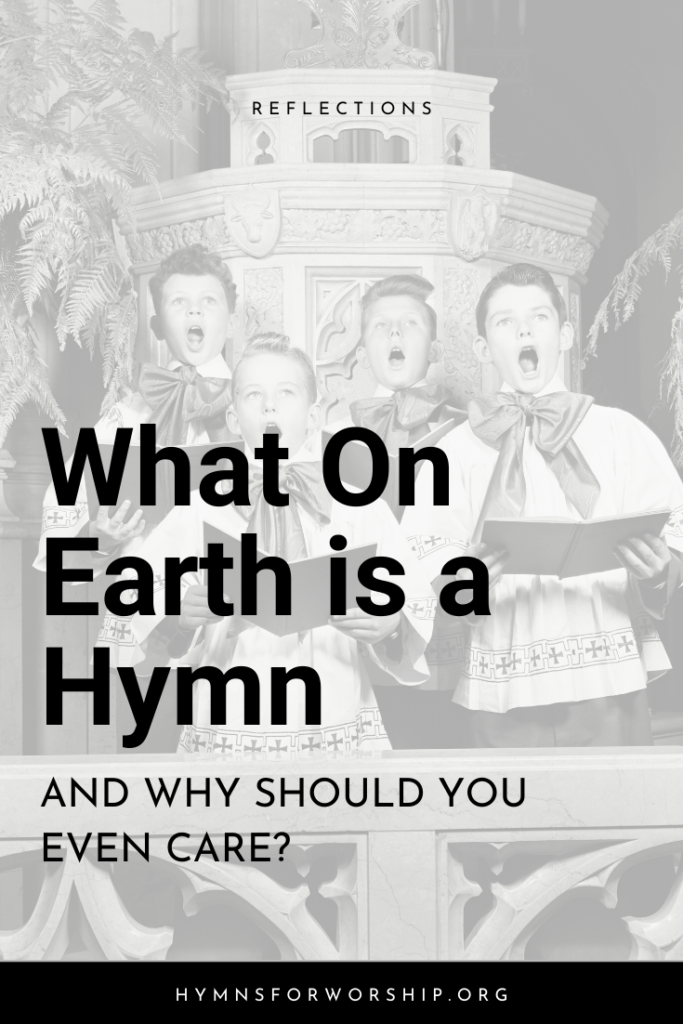
I gave a piano lesson the other day to a 3rd generation Adventist 13-year old girl. I assigned a new piece for her to practice this week, an easy but really nice arrangement of “Love Divine, All Loves Excelling.” Normally I would shoot for hymns that are more popular so the student can relate to the music. I played the arrangement for her and asked her if she likes the song.
She shrugged nonchalantly. “I guess.”
“Hmmm, are you familiar with this hymn at all?” I asked, then proceeded to play the actual hymn for her.
Again, that familiar “whatever” shrug. “I don’t know that hymn.”
I leafed through the book, and pointed to “Near the Cross” and maybe a dozen other popular hymns.
Nope, not familiar.
So I asked her, “Do you even sing hymns?!”I
“Hmm, yeah. But they’re old and boring!”
Hymns, a relic of the past…?
It’s true, hymns are “old”. But you see, old is a tricky word.
When we say someone is old, it could mean that the person is rickety, aged, or decrepit and therefore they are (according to some people) boring, uninteresting, or stale. When something is old, it could also mean that it is outdated, old-fashioned or obsolete. Therefore, they need to be replaced, substituted or displaced.
On the other hand, when something is old, it can also mean timeless, classic, enduring, and long-lasting. Therefore that which is old has withstood the test of time, it is tried-and-true, and it is here to stay.
Yes, hymns are old! They have existed ever since the ancient Biblical times. Paul even exhorted the early Christian church to encourage one another with “psalms, hymns and spiritual songs.” Yet hymns still exist today. The modern generation tried to replace it, but it has withstood the test of time.
What is a hymn anyway?
Simply put, hymns are “songs of praise.” Rooted from a religious context, hymns were meant to express the worshipper’s adoration. It was also used to teach doctrine, which as a result, strengthened the personal faith of the believers.
While the ebb and flow of time brought about changes in musical and worship styles, hymns today still have the same functions and purpose. Distinctively, Seventh-day Adventists have used their hymns to instill in its congregation “a deeper love for Jesus Christ, a keener awareness of the church’s place and mission in the world, a fresh knowledge of God’s will for each life, and a preparation for our Lord’s second coming.”(1)
On the more technical sense of the word, hymns consist of words only, while the music to which a hymn is sung is the hymn tune. Typically sung by a congregation of worshippers, the musical structure of the hymn is normally “chordal” or in 4-part harmony to allow singers to sing in parts. This was and is not usually the case. But in today’s church hymnals, this has been the norm.
Today’s most common hymn structure is derived from classical music. Its melody is mostly singable, which enables the music to strengthen and enhance the text, although the music always submits to the words.
So now, what?
Yes, there are many ways and avenues to worship God. Musically and arguably speaking, there are a plethora of styles and genres that can be used to praise His name. But why hymns?
It has been one of the most effective ways the church has of teaching its doctrines
Martin Luther recognized the hymn’s potency, and went on to empower the Reformation by writing hymns that focused on the key doctrines of the Protestants. Joshua Himes recognized the urgency of William Miller’s messages and compiled hymnals to accompany the advent movement.
It is undeniable that a majority of hymns outlines the church’s theology, and when it is sung over and over by the people, it leaves its marks indelibly in the mind and in the heart.
It keeps us in touch with our Christian heritage
As a Seventh-day Adventist, I am thankful for the hymns penned by Annie Smith, Uriah Smith, Roswell Cottrell, F.E. Belden, and many others, as well as the efforts of James White to compile hymnals that was unique to our faith. Without them, we wouldn’t be constantly reminded of the fervor and zeal they used to have.
It was written that “there was power in what was called Advent Singing.” We have a glimpse of this “power” in many of the early advent hymns preserved in our hymnal.
It is Christ-centered, not man-centered
I believe one of the weakest components of many of the “hymn substitutes” is its lack of focus on Christ. It’s more of “I did this, I did that”, “I felt this, I felt that.”
Many Christian modern minds think that the poetic style of the hymns is so archaic that they try to make it sound more prosy. This quest gave fruit to many theologically watered-down songs, which you cannot even distinguish from what a secular-minded writer would produce.
It contributes to the depth of our Christian experience
Today’s modern Christian music appeal to the emotional side of the worshipper. I wouldn’t deny that. But I wouldn’t deny either that hymns also excite the emotions as well as the minds of the worshipper. The beautiful poetry, the similes and metaphors used, the deep vocabulary, the lines heavy-laden with theology — all of these appeal to the mind to think. As a result, when we sing the hymns with understanding, the emotional response is deeper, and our worship experience become richer.
Whenever I think of hymns and it’s relevance today, I am reminded of this quote:
“Let us select true, substantial music. God will no doubt have some music written directly for the closing work, but many of the old hymns, if sung with the spirit, would bring a mighty blessing to God’s people.” J.S. Washburn
Reference
(1) The Hymnal Committee. Introduction to the Seventh-day Adventist Hymnal. Review and Herald, 1985.
Like this article? Share it!


